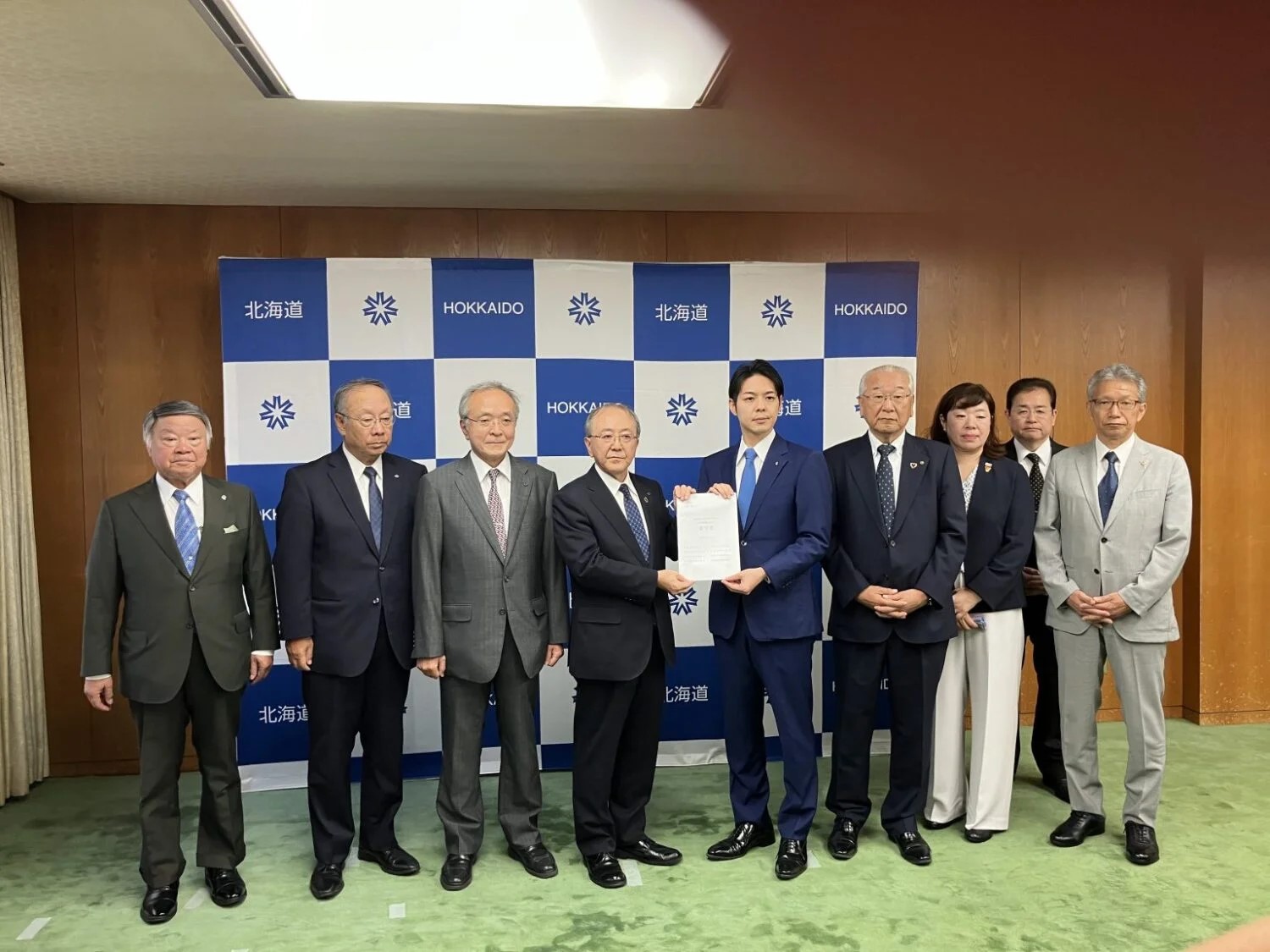At Unit 2, the first full-scale removal of debris will be carried out, involving the use of a robotic arm. This time, in anticipation of that, a telescoping device (an instrument extending in the manner of a collapsible fishing rod) was inserted into the X-6 penetration, one of the holes reaching through to the reactor containment vessel, and a small amount of debris was sampled.
Based on the results of that operation, TEPCO will increase the volumes of debris being removed.
The telescoping device will suspend an end jig inside the PCV via a series of pushing pipes and internal and external guide cylinders―a bit like ice fishing on a pond. The end jig will capture a sample weighing about 3g. All the pipes will then be pulled out in reverse order to the insertion process, after which they will be contained in a transport box.
Work began on August 22 to prepare for connecting each of the five 1.5m-long pushing pipes. During a final check at the site, it was found that the first pipe was different from what had been intended, so the work was stopped. Work resumed on September 10 upon correction of the pipe, after which the checking at the site was completed.
The video released this time was recorded by four monitoring cameras, located as follows:
(1) at the head jig installed on the arm of the telescoping device
(2) at the end of the arm
(3) under the arm of the telescoping device
(4) at an elbow of the arm
The images show the head jig of the device passing through an isolation valve (7:20 a.m. on September 10), which TEPCO regards as the start of the experimental removal.
At a regular press conference on September 12, at which the video was shown, a representative of TEPCO’s public affairs division explained the state of the effort to that point, saying, “The guide pipes have been inserted about 170cm (about 90cm into the PCV), and the work is going well inside the X-6 penetration.”
Describing what would happen the following day, the person said that the telescoping device was to be extended horizontally to its maximum.
Regarding the work thereafter, he said, “All possible occurrences are assumed, and we will consider appropriate preventive and responsive measures.” He then emphasized, “All procedures will be carried out in a disciplined, deliberate manner, with the top priority on safety.”
Asked about the work schedule at the beginning of the following week, the representative said that given that 60 to 70 people (including partner companies) are involved, “TEPCO will explain the prospects for the next step each time progress is made.”
On August 19, TEPCO opened the “Fuel Debris Portal Site” on its website, seeking to share information on fuel debris at Fukushima Daiichi Units 1-3 in an easily understood manner.













-049.jpg)
.jpg)







